There are around 100 standard sizes of pallets in the world. Therefore, the diversity of available pallets from a technical point of view is unlimited. Some pallets are made for a specific purpose or for use in a particular geographical area. But as we know, pallets are primarily used for transporting products. Therefore, a pallet that has been in use for several years will have more stamps on it compared to a new pallet.
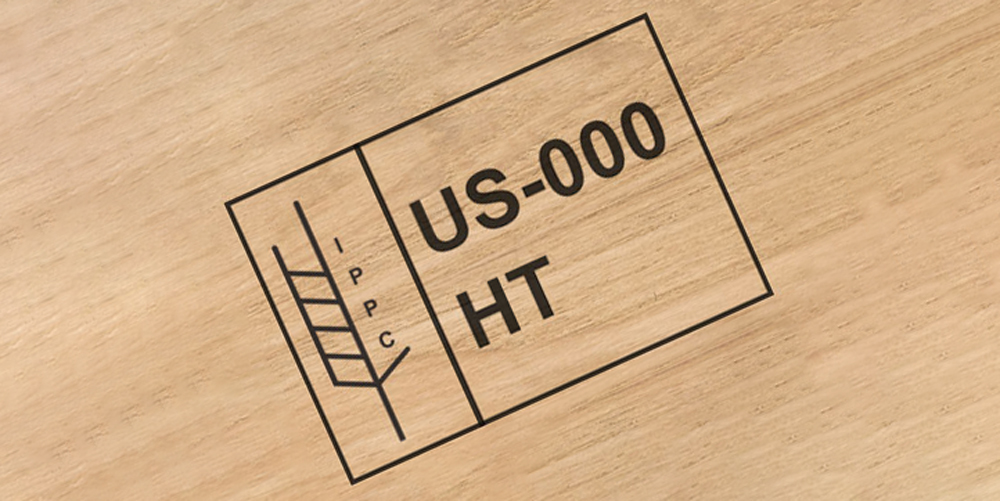
The signs on pallets and the stamps affixed to them each have specific meanings. So if your work involves dealing with various types of pallets, you need to familiarize yourself with these signs on the pallets.
If a pallet is intended to travel outside the European Union, it must have the IPPC stamp, which indicates several key points. We need to divide this stamp into three parts to better understand what it tells us about a specific pallet.
The IPPC stamp is one of the pallet signs that should always be present on it. The IPPC (International Plant Protection Convention) exists to prevent and control the spread of plant pests and plant products worldwide. So whenever this stamp is on a pallet, it indicates that this pallet will be moved between countries. The purpose of this stamp is to recommend actions to prevent the spread of pests and insects between countries.
The second part of each IPPC stamp consists of a specific geographic identifier, and the first two letters indicate the country of origin of the pallet (according to ISO 3166 standard). After these two letters, a regional identifier comes next. So with these specific geographic codes, the pallet receives a unique registration number.
The last part of the pallet stamp is a bit more variable. This section is used to display specific stamps. Depending on the operations carried out on a specific pallet, there may be one, two, or three stamps on the pallet. For each of the abbreviated codes, two letters are assigned. For pallets coming from the UK, the Forestry Commission logo may be considered as certification of plant health standards of that country. Consequently, if these signs are seen on the pallet, there is no need for the required forestry certification. If there is limited space for stamps, these signs may be omitted. But sometimes you may see some abbreviated signs of plant health certifications from other countries on the pallet. Next, we will further examine these pallet signs.
Pallet Signs
Pallets are subjected to heat treatment or treated with specific chemicals to eliminate insects and pests. Every pallet that travels between countries must have a stamp indicating that it is free from such issues. Even if no operations have been performed on the pallet in this regard, pallet signs should still indicate this. All of these aspects are represented by a two-letter code that indicates the type of operation performed.
Symptoms of pallets related to fumigation
One of the issues that must be observed in export pallets is fumigation of the pallets and having fumigation signs. However, pallets such as wooden pallets or plastic pallets do not need fumigation.
DB stands for debarked wood. Almost all pallets are made of debarked wood. Therefore, all pallets have such a stamp. This sign is stamped to ensure that other heat treatments can be effectively applied to the pallet.
HT also indicates that a heat treatment has been carried out on the pallet. These pallet signs indicate that the pallet is free of pests and insects. In this process, the pallet is heated to a minimum of 30 minutes to 56 degrees Celsius (60 degrees Celsius for hardwoods).
KD These pallets have been heated in an oven to eliminate any wood pests. Drying in the oven can also help prevent wood rot and fungal growth. Many wood factories dry it in the oven. As a result, pallet signs are classified as KD-HT for drying in the oven and heat treatment.
DH The pallet has been heated with dielectric operations.
SF means that the pallet has been exposed to sulfur fluoride gas. This is a fumigation method used as a byproduct for wooden packaging materials. This material has been introduced as a "safer" alternative to methyl bromide. Proper use of these pallets can make them function safely as wooden packaging materials. However, if the pallet signs indicate that the pallet wood is impregnated with this chemical substance, do not use these woods for fire building.
MB The pallet has been fumigated with methyl bromide. This substance is a very toxic pesticide for killing pests. In specific areas of the world, there are pests that cannot be eliminated by heat treatments. This substance can effectively eliminate these pests. Never use woods with methyl bromide seals for manual projects. Also, never burn these pallets.
Since 2010, the use of methyl bromide has been illegal in many countries due to the health hazards this chemical poses to humans.
European Union emblem (EUR)
Heavy pallets bearing the EUR seal are always 120 by 80 centimeters and are manufactured to precise standards. These pallets are known as Euro pallets. Typically, each Euro pallet is completely consistent with another Euro pallet. You can read an article for information on the standard size of pallets in different industries.
Other emblems
There are two other seals found on some pallets. The interpretation of these two seals is as follows:
PRL: Approved by a certified packaging research laboratory.
EPAL: Approved by the European Pallet Association.
Pallet signs in Iran
Since Iran also follows international regulations, pallet signs are stamped according to the definitions provided above. The only seal specific to Iranian pallets is the seal or logo of the pallet manufacturer factory.
Press pallets, no need for signs
If the above signs seem confusing to you, you can use press pallets, which besides having many other advantages, do not require these signs.
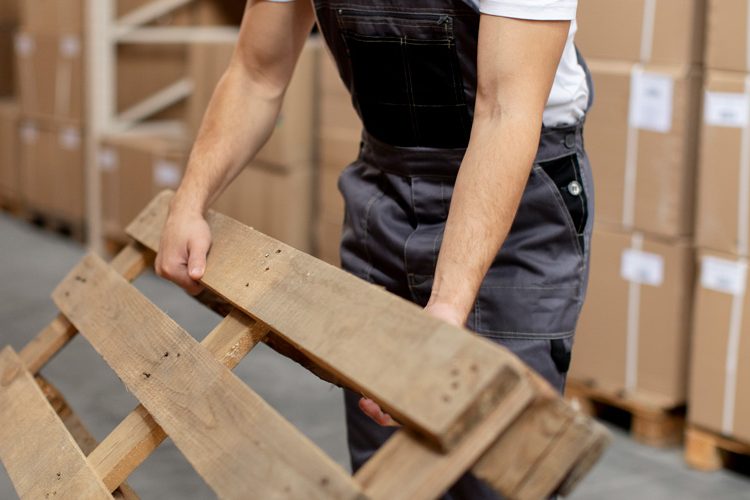
Buying or renting pallets? Which work is better?
When it comes to the logistics and storage industry, the decision between buying and renting pallets is crucial and can...

Environmental impacts of Pressed Pallets
Pressed pallets are recognized as one of the newest inventions in the transportation industry that pay special attention to environmental...
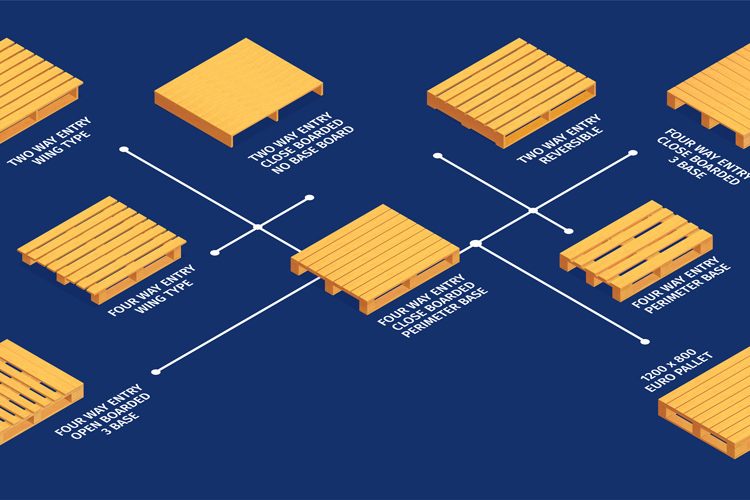
Familiarity with different types of pallet designs
In addition to the diversity in the material and dimensions of pallets, there are other differences between different types of...
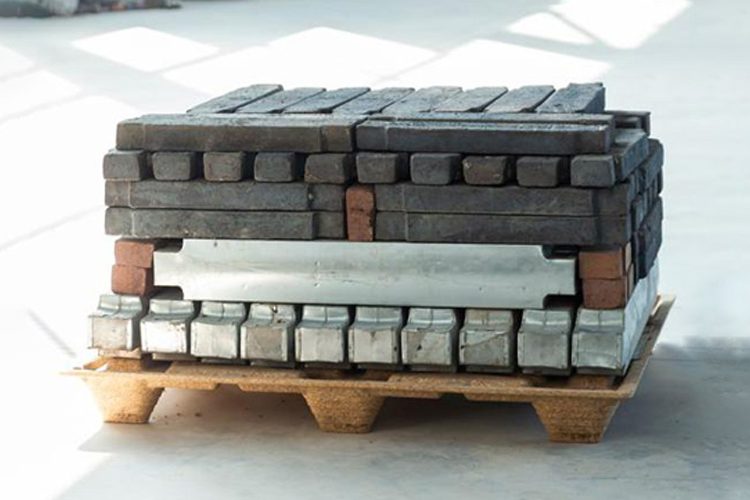
High Strength Against Heavy Weights
The importance of high-strength pallets against heavy weights cannot be overstated, as they form the backbone of efficient transportation and...
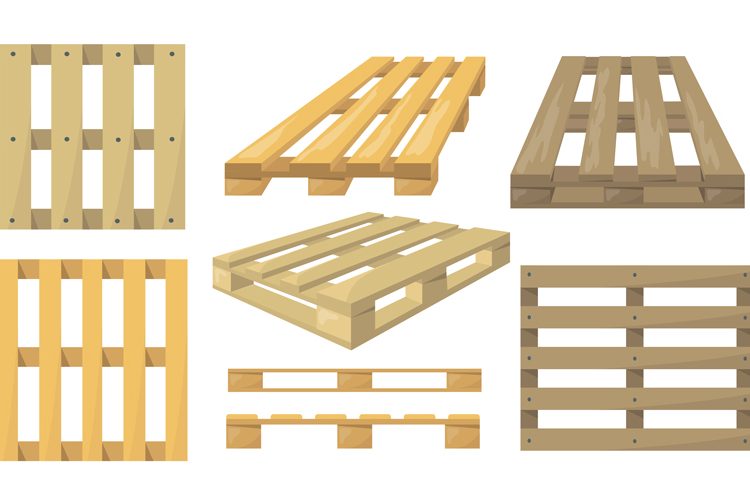
The Standard pallet size in various industries
The standard dimensions of a pallet, also known as pallet dimensions, are very important based on the packaging dimensions of...
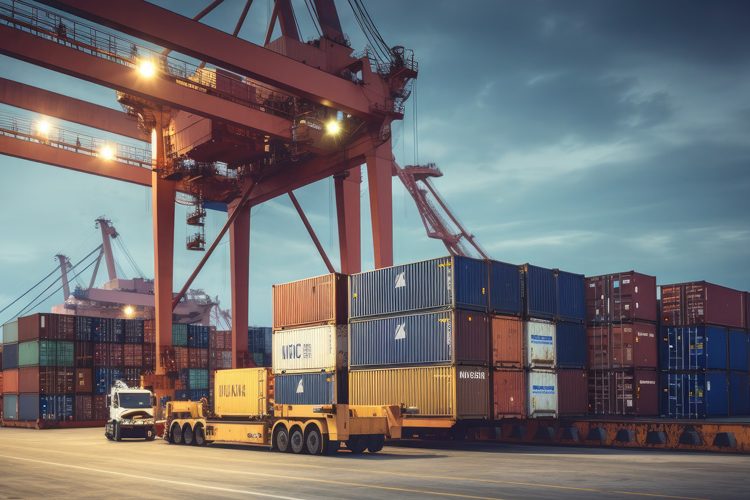
Enhancing Product Transport and Storage
In today's globalized economy, the efficient transportation, handling, and storage of products are essential for businesses to remain competitive. However,...
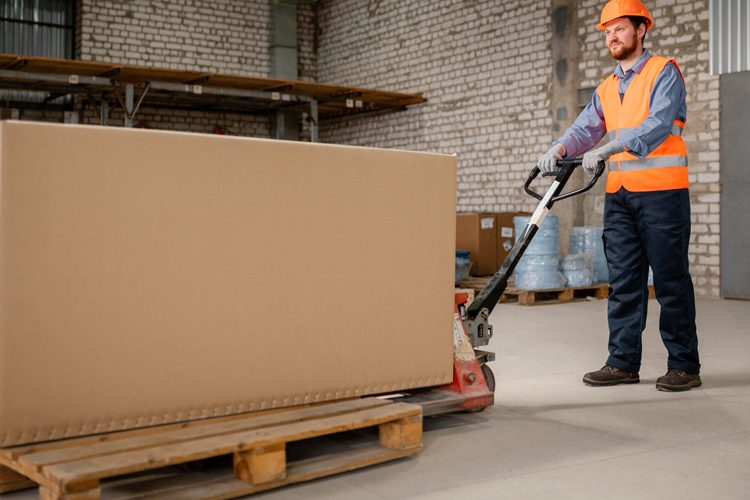
Equipment for pallet handling
Easy Homemade Remedies with Rosewater for Luscious Hair and Glowing Skin Today, with the growth of industry, many organizations are...
